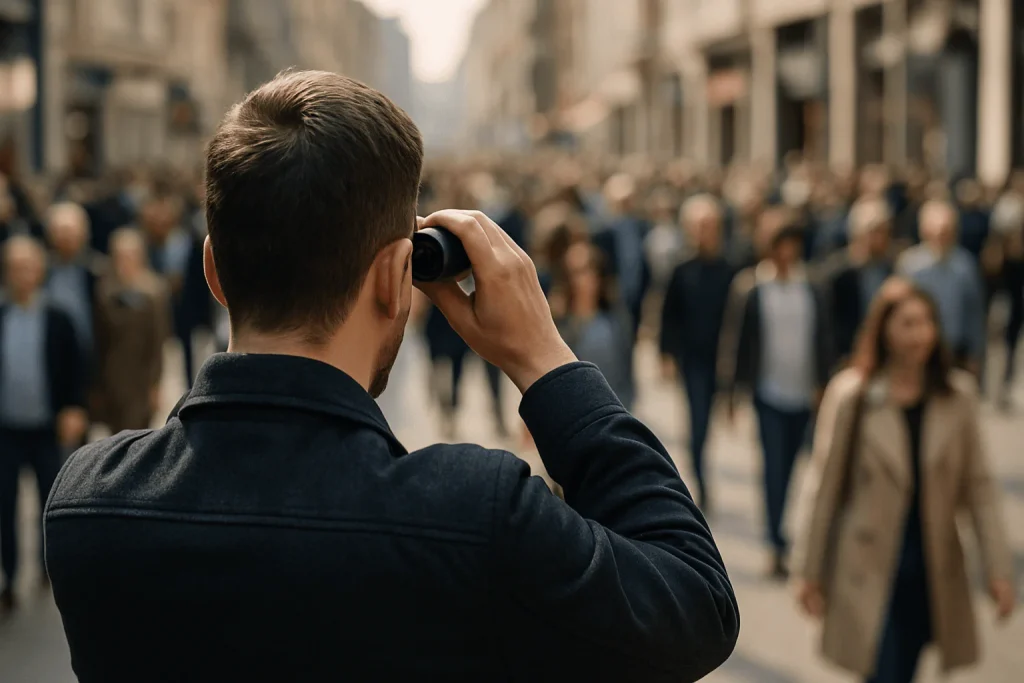Sign Trade Supplies and Matt Hanley, MTWO, talk tackling the talent challenge and recruitment in the Sign Industry.
Recruitment in the sign industry.
It’s something we hear about often here at Sign Trade Supplies: “We’d love to grow – we just need the right people.” From small family-run workshops to larger outfits, one of the biggest struggles our customers face is finding skilled sign makers and keeping them.

To better understand what’s going on, we spoke to someone in the thick of it – Matt Hanley, a specialist recruiter who’s spent years helping sign businesses find the right fit.
“There’s always a shortage of good people,” he says. “And that’s the real issue – good people are often happy where they are. So why would they take a risk on moving somewhere new?”
For an industry full of skilled professionals, it’s a familiar headache: talent is hard to find, and even harder to move. And in an economic climate where people are less likely to gamble with change, sign businesses need to work harder than ever to stand out to potential recruits.
“Candidates are people too”
One of the big messages Matt wants employers to hear? Think like the candidate.
“People forget candidates are people too,” Matt explains. “You’ve got to look at it from their point of view. If they’re doing well in their current role and feel safe, why would they risk jumping ship?”
That means job ads and outreach need to work harder. Whether you’re working with a recruiter or doing it directly, “the messaging’s got to be clear and concise,” notes Matt. “What’s in it for the candidate? Why should they care about your business?”
Recruitment in the Sign Industry: Helping young people see the industry
Another challenge? Getting younger people into signage in the first place.
“I don’t think many people choose this industry,” says Matt. “They fall into it because their dad, uncle, or someone else is in it.”
He believes the key is tapping into that web of connections and behaviours. “If you bring in one good young person who fits the culture and attitude, chances are they know others. That’s where things like internal referral schemes can help.”
He points to initiatives from FESPA and BSGA, and national apprenticeships through Learn2Print, as signs of progress. But he believes more needs to be done on perception.
“People still see it as a very male-dominated, clunky, dirty, manufacturing-type space. But it couldn’t be further from the truth.”
Matt suggests more visibility through education partnerships, demo centre tours, and even a careers zone at industry events. “If we can all collaborate, throw ideas into a pot, some of them will stick.”
Apprenticeships: Still untapped?
When it comes to apprenticeships, Matt says they can work, but there’s a visibility problem.
“We’ve got clear paths for trades like plumbing and joinery, but not for print. So why would someone choose it?”
He sees huge potential, but says the industry needs to do more to explain the value and career path that signage can offer.
Don’t forget the people you already have
Of course, hiring is only half the battle. What about keeping good people once you’ve got them?
“Too often, businesses overlook the potential of their existing teams when new roles open up,” says Matt. “It might seem like a strange thing for a recruiter to say, but sometimes the right person is already in the building.”
Assuming someone is content just because they’ve been in the same role for years can be risky. They might be ready for a new challenge, but if no one asks, you might never know.
Regular check-ins, personal development plans, and openness to internal moves, even lateral ones, can make a big difference. “There’s often untapped talent right in front of you. It’s worth taking a closer look.”
And salary? Well, that’s a tricky one.
“If you want to increase your salary significantly, most people have to leave,” Matt says frankly. “That’s the reality. You might get a 5K jump just by switching jobs, whereas it could take you four years to get that staying put.”
In smaller businesses where everyone can see what everyone else earns and does, this can quickly become a problem.
“If someone new comes in earning more than long-standing staff, resentment can build,” he says. “It’s where culture, communication, and fairness really matter.”
So what’s the takeaway?
The talent shortage in the sign industry isn’t going away, but businesses can respond. That means investing in visibility, being smart about recruitment messaging, rethinking apprenticeships, and most importantly, valuing the people already on your team.
As Matt puts it: “There’s a lot of work to do, but there’s also a lot of opportunity. If the industry can collaborate and take the initiative, we can shift the perception and attract the next generation.”
If you’re looking for support with recruitment in the sign industry, Matt at MTWO would be happy to help. You can get in touch with him at matt@m-two.uk.
